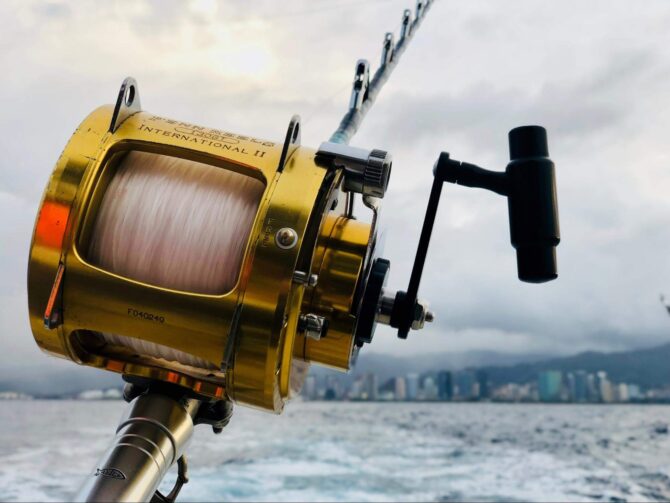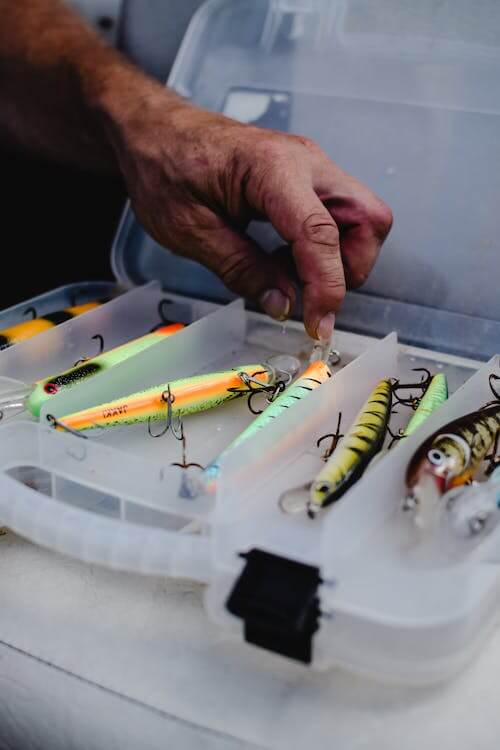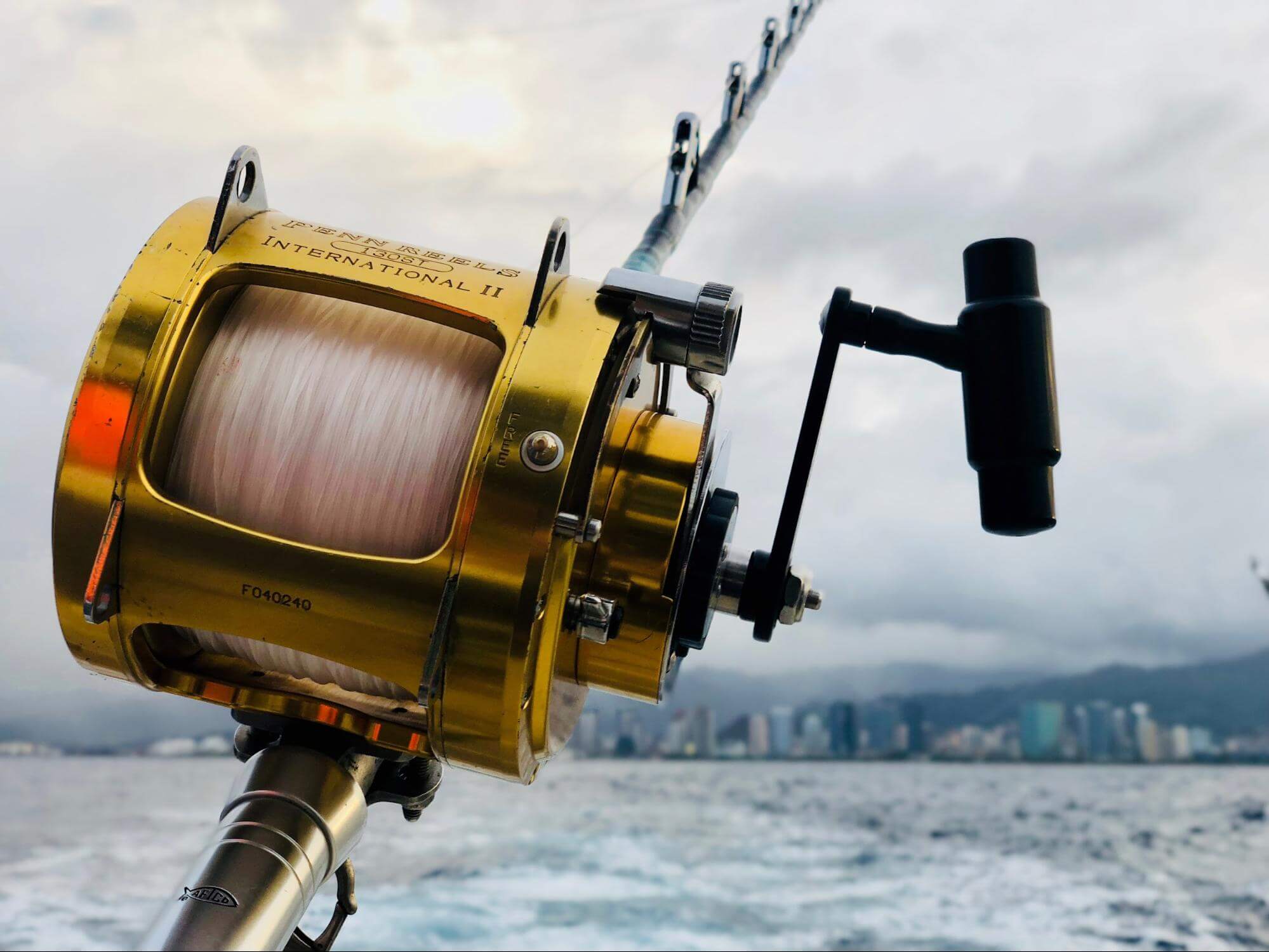
In the world of sport fishing, for many anglers, the idea of catching Southern Bluefin Tuna (SBT) stands out as a challenging and thrilling endeavour. To maximise your chances of landing these prised catches, mastering the art of bluefin tuna rigging is essential. In this comprehensive guide, we will walk you through the intricacies of rigging for southern bluefin tuna, ensuring that you have the knowledge and skills required to outperform even the most seasoned anglers in game fish.
Southern Bluefin Tuna, often referred to as SBT, are prominent inhabitants and generally caught in the Southern Ocean and, luckily, in South Australia. These impressive fish are renowned for their strength, speed, and striking metallic blue colouring, which sets them apart in the world of sport fishing. SBT are migratory and can be found in various parts of the Southern Ocean, making them a prised catch for anglers willing to venture into these remote and challenging fishing grounds. Their migratory patterns and elusive nature add to the allure of SBT fishing, attracting enthusiasts from around the world seeking the thrill of landing these remarkable ocean giants.
How to Catch Tuna: Proven Strategies for Success
To successfully catch tuna, especially the powerful Bluefin Tuna, anglers need the right combination of timing, location, and techniques. Tuna are highly migratory and typically found in areas like the Southern Ocean near South Australia, with early morning and late afternoon often being the best times to fish. Trolling is one of the most effective strategies for catching tuna, allowing anglers to cover large areas and present lures at different depths to maximise visibility and appeal. Using a variety of trolling lures, such as skirted trolling lures and diving plugs, mimics the natural prey that tuna seek, increasing the likelihood of a strike. By employing this approach and adjusting trolling speeds, anglers can significantly improve their success in landing these challenging and prized ocean predators.
Now, different tuna species require specialised techniques, as their behaviours and habitats vary widely. Here’s an overview of effective methods for targeting each type:
- Yellowfin Tuna: These fast and powerful fish are often found in warmer offshore waters. Trolling is particularly effective, especially with vibrant skirted lures or deep-diving plugs. Yellowfin respond well to a range of lures, but positioning bait at multiple depths can increase your success since these tuna often school just below the surface.
- Mackerel Tuna: Mackerel tuna, a smaller yet energetic species, are typically found in coastal waters, where they feed near the surface. Casting small metal lures or trolling with feathered lures at moderate speeds often works well, making them an exciting catch for beginners and experienced anglers alike.
- Skipjack Tuna: Known for their schooling behaviour, skipjack tuna are commonly caught with chumming techniques to attract the school, followed by casting or trolling small spoons and plugs. This method helps draw the skipjack closer to the surface and creates opportunities for multiple hook-ups.
- Bigeye Tuna: Bigeye tuna are deep-water dwellers, making them more challenging to catch. Anglers often target them by trolling deep-diving lures or using downriggers, especially at dawn and dusk when bigeye are closer to the surface. Slow trolling speeds and large artificial baits are preferred to reach the depths where bigeye typically feed.
Each tuna species offers a unique challenge, but with the right techniques, gear, and timing, anglers can improve their chances of success with these thrilling catches.
Understanding the Importance of Bait Rigging
Before we dive into the rigging techniques for a heavy tackle, it’s crucial to grasp why bait rigging is such a critical aspect of big tuna fishing. Southern bluefin tuna are known for their keen senses and wariness, making them a formidable opponent for anglers. Properly rigged bait can make the difference between successful fishing and a missed opportunity.
Selecting the Right Bait
Optimal Choices
To start your journey towards mastering rigging, selecting the right bait is paramount. Just like other larger fish, southern bluefin tuna are particularly fond of fresh and lively prey. Some of the most effective options include:
Squid: A favourite choice due to its natural shine and lifelike movement.
Mackerel: Offers a strong scent trail that can attract southern bluefin tuna from a distance.
Yellowtail: Mimics the appearance of smaller fish, enticing hungry southern bluefin tuna.
Rigging Techniques
Hooks
In the world of SBT fishing, the right rig is crucial. The single hooks, known for their simplicity and effectiveness, require a medium to heavy-action rod, typically measuring 6 to 7 feet, and a sharp hook, ideally in the 7/0 to 9/0 range for big bluefin tuna. Rigging involves threading bait onto the hook while maintaining its allure, sometimes with the addition of a colourful skirt or teaser. The double hook, offering increased hooking potential, demands a similar rod and hooks, with bait threaded onto both hooks, often enhanced with a colourful skirt or teaser. For responsible catch-and-release fishing & minimised gut-hooking, use a 6 to 7-foot medium to heavy-action rod paired with a circle hook featuring a wide gap that self-sets upon a fish’s bite.
Depth and Speed
Knowing where to deploy your rigged bait or skirted lures is crucial. SBT typically dwell at varying depths, so having multiple lines set at different levels can increase your chances of success. Experiment with different trolling speeds to find the most enticing presentation.
Lures

In the pursuit of a big fish, the choice of lures is pivotal in attracting and enticing these formidable ocean giants. Bluefin tuna lures come in various shapes, sizes, and colours, each designed to mimic the natural prey of these predators. Some popular options include skirted trolling lures, diving plugs, and surface poppers. Skirted lures, adorned with vibrant skirts, create commotion and mimic the appearance of prey fish, making them effective for drawing the attention of hungry Bluefin Tuna. Diving plugs dive deep into the water, reaching the depths where Bluefin Tuna often lurk. Surface poppers create enticing splashes and noise on the water’s surface, triggering the tuna’s predatory instincts. Choosing the right lure depends on factors like water conditions, location, and the behaviour of the Bluefin Tuna, making lure selection a skilful art in the pursuit of these prised ocean giants.
Trolling
Trolling is a fundamental technique in the world of tuna fishing, offering the versatility to cover extensive areas of water and present lures effectively to these swift and elusive predators. To achieve success in this method, your trolling set-up must be finely tuned. It’s all about selecting the right gear and components for the job.
- Trolling Rod and Reel: Begin with a robust trolling rod, purpose-built for offshore trolling. These rods provide the strength and flexibility needed to handle the rigours of trolling heavy lures and battling large tuna. Pair your rod with a reliable trolling reel featuring a smooth drag system and ample main fishing line capacity. A medium to heavy-action rod, measuring 6 to 7 feet, offers the perfect balance of power and flexibility.
- Line and Leader: Choose a braided trolling line with a minimum test strength of 80 pounds for durability and control during intense fights. Additionally, consider adding a fluorocarbon leader to make your presentation stealthier and more abrasion-resistant. The choice of leader material, whether fluorocarbon or wire, depends on your target tuna species and fishing conditions.
- Trolling Lures: Enhance your trolling lures setup with a selection of lures and spreader bars designed to attract tuna. Lures create commotion and colourful displays that entice hungry fish. Experiment with different lure sizes, shapes, and colours to discover the combination that entices the tuna species prevalent in your area.
By assembling the ideal components, from your trolling rod and reel to your line, leader material, and choice of lures, you’ll be well-equipped to master the art of trolling for tuna. This versatile technique allows you to navigate vast expanses of water, significantly increasing your chances of encountering and successfully hooking these formidable and fast-moving ocean predators.
Safety and Conservation
As responsible anglers, it’s vital to prioritise safety and conservation. Always follow local regulations and guidelines regarding fishing limits and size restrictions. Engaging in catch-and-release practices whenever possible can help preserve the SBT population for future generations of anglers. It’s best to hire a local fishing charter to be guided about the conservation guidelines.
Conclusion
Mastering the art of rigging and fishing for Southern Bluefin Tuna (SBT) is a rewarding journey that requires patience, skill, and an in-depth understanding of tuna behaviour. Among the various techniques, trolling remains the most effective method for targeting these fast-moving, powerful fish. Trolling allows anglers to cover large areas of water and maintain lures at the ideal depths, increasing visibility and attraction for SBT. By focusing on the right lures, perfecting rigging methods, and maintaining consistent trolling speeds, you’ll be well-equipped to outsmart these ocean giants. Remember to prioritise safety and conservation in all your fishing endeavours to ensure a sustainable future for SBT fishing. With dedication and the right approach, each trip brings you closer to securing those prized big tuna catches. Happy fishing, and always respect the ocean’s delicate balance!




